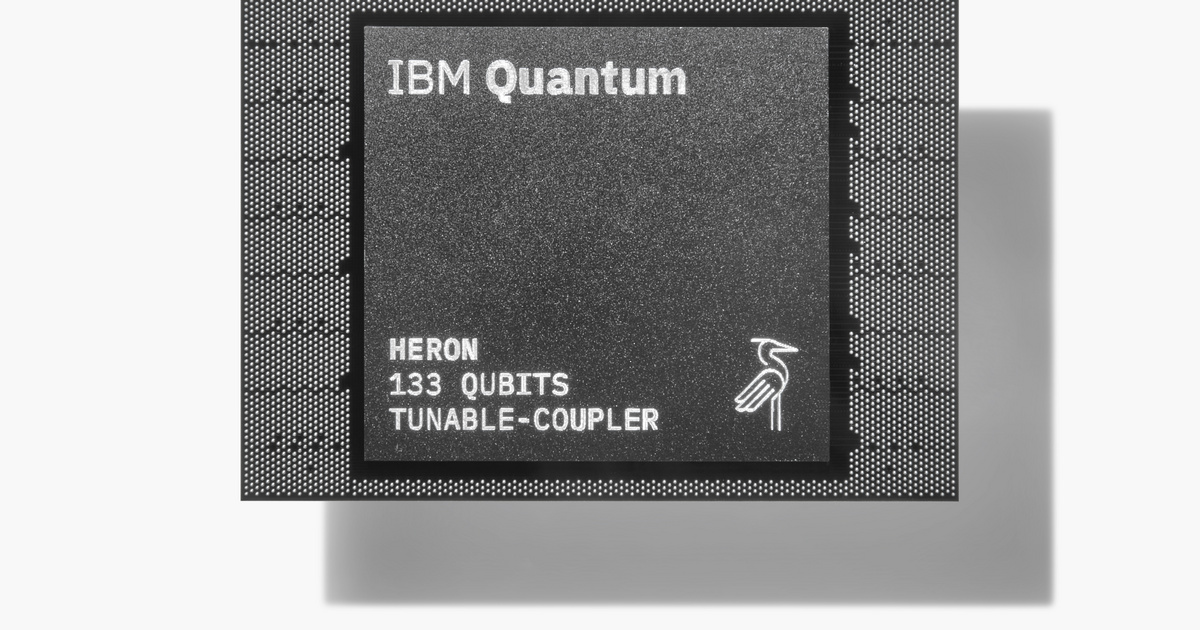1,121 superconducting qubits are embedded in IBM’s new quantum chip, Condor, which was introduced on December 4. The oldest and largest IT companies in the world have set themselves the goal of doubling the number of quantum bits, called qubits, built into processors every year.
The launch of IBM’s quantum chips, called Birds of Prey, has so far followed the company’s ambitious timeline: the 127-qubit Eagle was introduced in November 2021, and the 433-qubit Osprey in November 2022. It is important that the increase in the number of qubits is not equal to the speed of their development : Because quantum states are highly volatile, a crucial qualitative question is to what extent they can store bits. In the case of the Osprey, for example, these processors fell short of expectations, so the researchers preferred smaller but more reliable processors.
According to the development schedule, another processor developed in parallel with Condor and the architecture based on it was announced. This is the 133-qubit Heron chip, a chip with a lower error rate than ever before — three of which will be integrated into the Heron processor released next year, and seven such chips will be included in subsequent Flamingo processors.
Quantum computers operate in the world of particles, waves, and fields with entangled properties of quanta, which form the basis of the physical world as we know it. In contrast to traditional bits, they operate with several simultaneous states at the same time, which is called superposition, which makes them much faster than classical computers, and can perform calculations
A traditional computer would take millions of years.
With current error correction technology, 1,000 physical qubits are needed for a functioning logical qubit, so a machine performing useful calculations would require 1 million physical qubits. This will be handled by the Starling processor, which IBM plans to introduce in 2029.
According to the plans of the company’s researchers, by the end of the decade, they will be able to create quantum simulations in which they can, for example, model the action of catalyst molecules.
In addition to the new chips, version 1.0 of the quantum computer software development environment, Qiskit, will also be introduced at the end of 2023.
(nature)












































